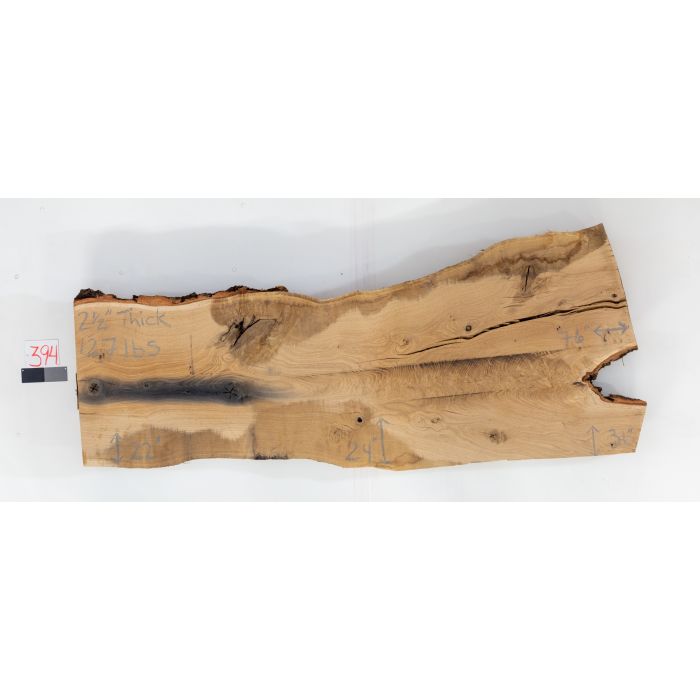
Iceman's Gut Holds Clues to Humans' Spread into Europe
The frozen mummy may have died with a wicked stomach ache from H. pylori bacteria, which also help date a migration wave from Africa.
Anthropologist Albert Zink is trying to solve a classic cold case: the death of Ötzi the Iceman, the famous mummy preserved in the frozen Italian Alps for millennia.
Did Ötzi the Iceman have white skin like typical modern Europeans or did he have dark skin like the very first humans that settled in Europe? - Quora

Bacteria found in Ӧtzi the iceman could turn the Out of Africa theory on its head

Life and Diseases of the Neolithic Glacier Mummy “Ötzi”
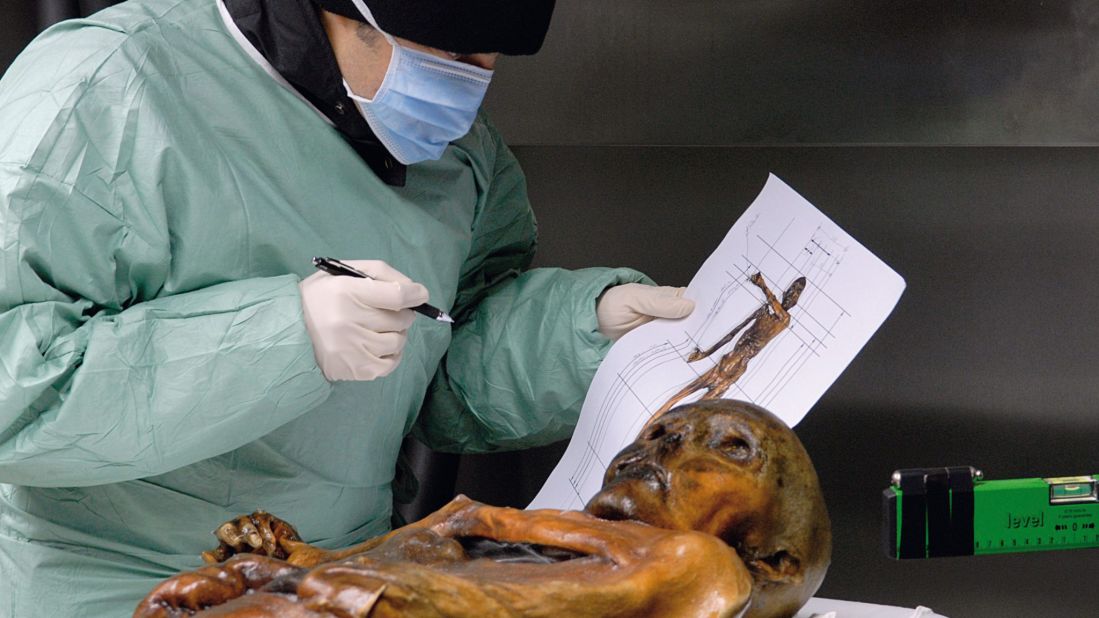
Otzi the Iceman: Frozen moss offers new clues of 5,300-year-old mummy's final journey

DNA Analysis Reveals What Ötzi the Iceman Wore to His Grave, Smart News

Prehistoric Cultures -- University of Minnesota Duluth

Ötzi the Iceman's true appearance revealed by new DNA analysis

Ötzi the Iceman's 5,000-year-old stomach bug sheds light on human migration, Anthropology

New study on Otzi the Iceman reveals humanity's intimate affair with one microbe - The Washington Post
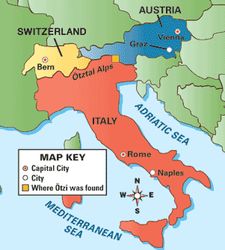
Thawing the Iceman, Vocabulary in Context Reading Passage

Otzi the Iceman's Stomach Sheds Light on Copper-Age Migration to Europe - WSJ
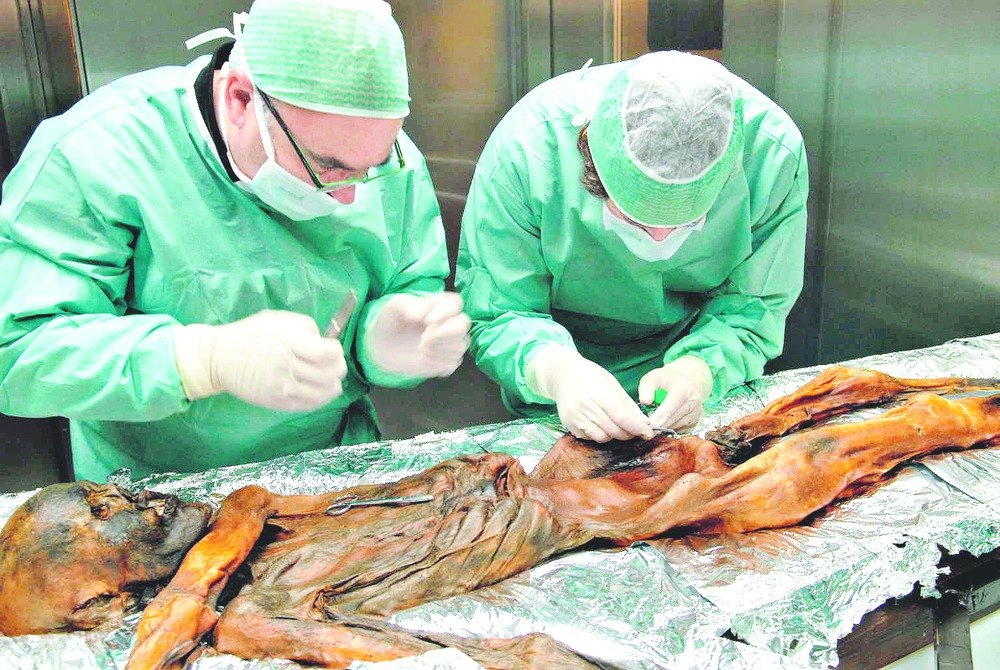
Iceman's 'Ladakh belly' clue to migration - Telegraph India
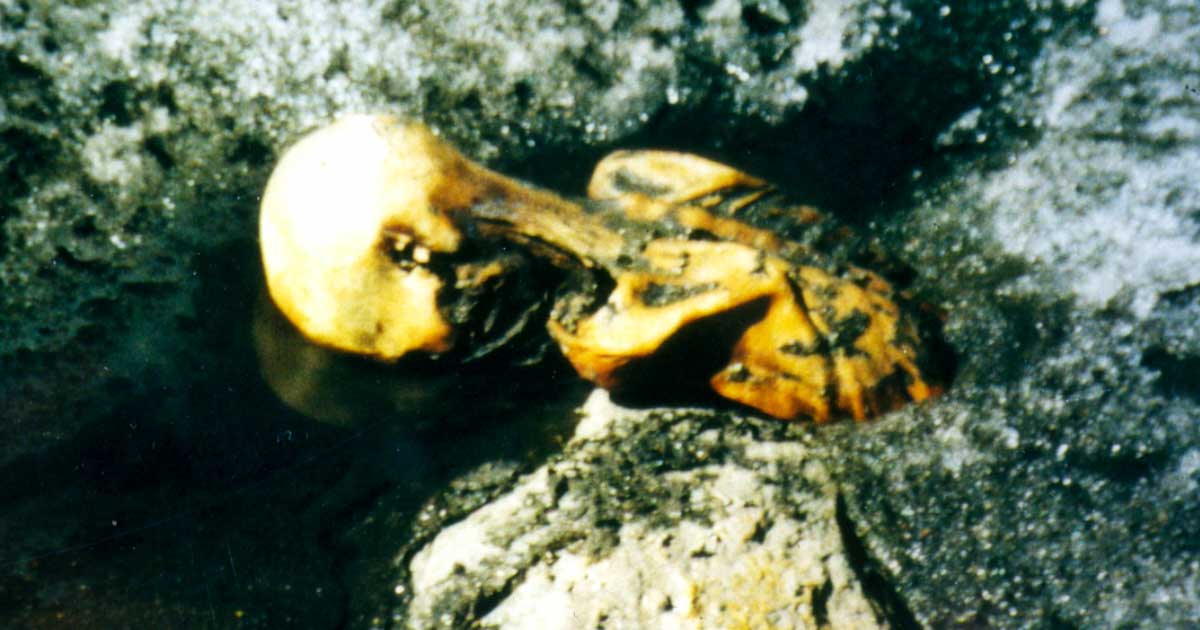
Ötzi the Iceman Took a Posthumous Ride on River of Ice Water

Otzi the Iceman: Frozen moss offers new clues of 5,300-year-old mummy's final journey







